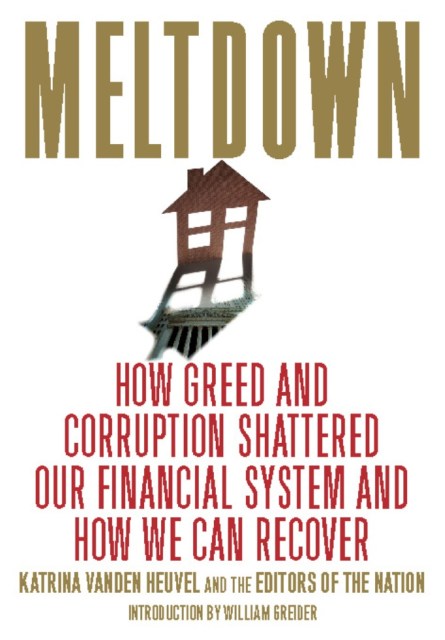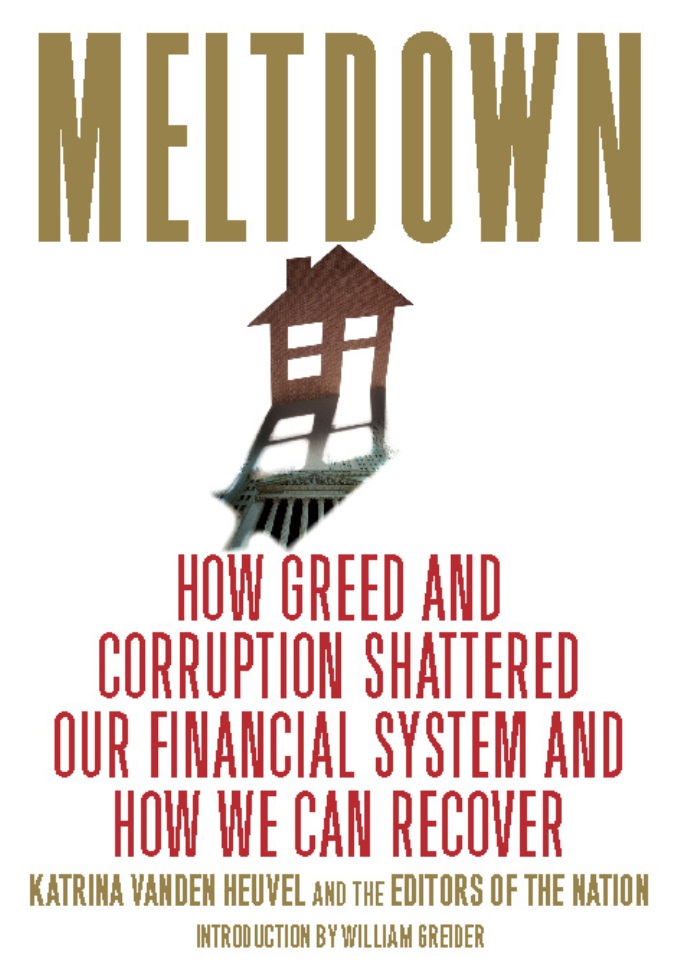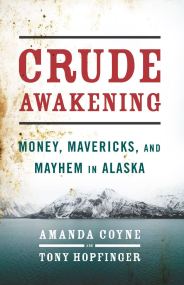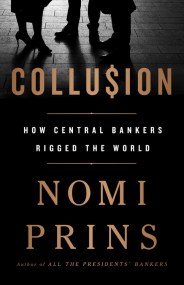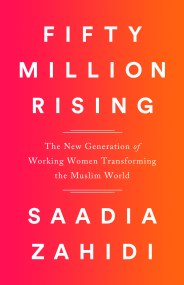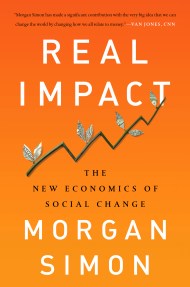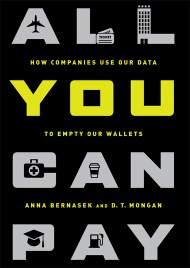Promotion
Use code MOM24 for 20% off site wide + free shipping over $45
Meltdown
How Greed and Corruption Shattered Our Financial System and How We Can Recover
Contributors
Edited by Katrina vanden Heuvel
Formats and Prices
Price
$11.99Price
$15.99 CADFormat
Format:
- ebook $11.99 $15.99 CAD
- Trade Paperback $21.99 $28.99 CAD
This item is a preorder. Your payment method will be charged immediately, and the product is expected to ship on or around January 9, 2009. This date is subject to change due to shipping delays beyond our control.
Also available from:
At every step of the way, The Nation, America’s oldest weekly magazine, has tackled the most urgent questions facing the nation’s leaders and its citizens with clarity and insight. Meltdown draws together nearly twenty years of the best of their coverage of the financial crisis and explores what steps President Obama and his new administration must take to ensure a more secure future for everyone.
Contributors include:
William Greider on Alan Greenspan’s flawed ideology
Robert Sherrill on why the bubble popped
Thomas Frank on the rise of market populism
Christopher Hayes on the coming foreclosure tsunami
Barbara Ehrenreich on the implosion of capitalism
Kai Wright on how the subprime crisis is bankrupting black America
Naomi Klein on Bush’s final pillage
Joseph E. Stiglitz on Henry Paulson’s shell game
Jesse Jackson on trickle-down economics
Katrina vanden Heuvel and Eric Schlosser on why America needs a New Deal
Genre:
- On Sale
- Jan 9, 2009
- Page Count
- 336 pages
- Publisher
- Bold Type Books
- ISBN-13
- 9780786743636
Newsletter Signup
By clicking ‘Sign Up,’ I acknowledge that I have read and agree to Hachette Book Group’s Privacy Policy and Terms of Use
